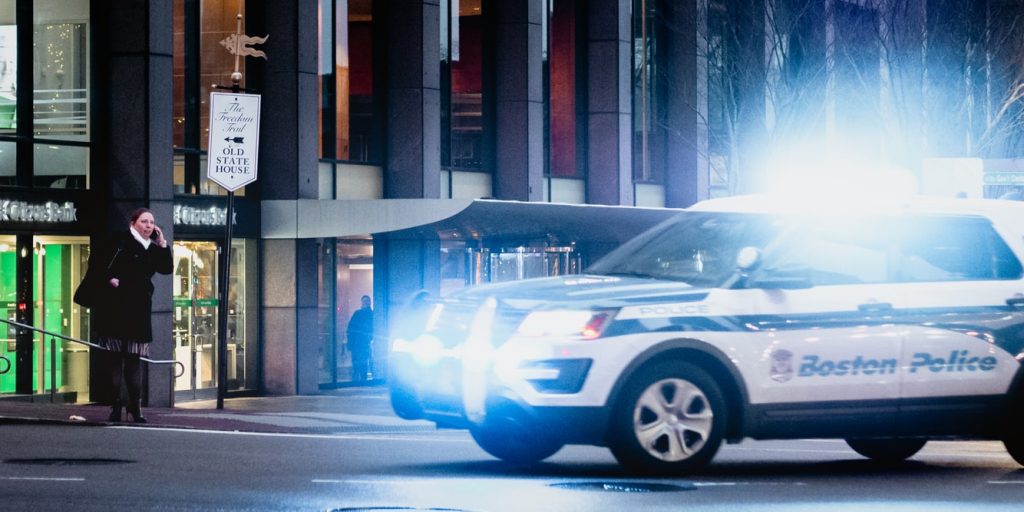Public safety needs a better way to triage emergency calls
The overarching goal of the public-safety community is to ensure that 911 callers receive the most appropriate emergency response as quickly as possible. Lives often are on the line in an emergency, and every second matters.
Achieving a balance between sending the optimal response to an emergency and having it arrive as fast as possible is tricky. In fact, it is analogous to walking a tightrope. To achieve the former, many emergency communications centers (ECCs) rely on standard protocols developed for each type of emergency call that they receive, typically law enforcement, fire/rescue and emergency medical.
These protocols enable 911 telecommunicators to systematically query callers to determine the exact nature of their emergency. The answers provided enable telecommunicators to dispatch the appropriate response—both personnel and equipment—and to provide critical prearrival instructions that often mean the difference between life and death.
But it takes time to work through these protocols—occasionally, too much time.
To read the full version of this article, visit IWCE’s Urgent Communications.




















